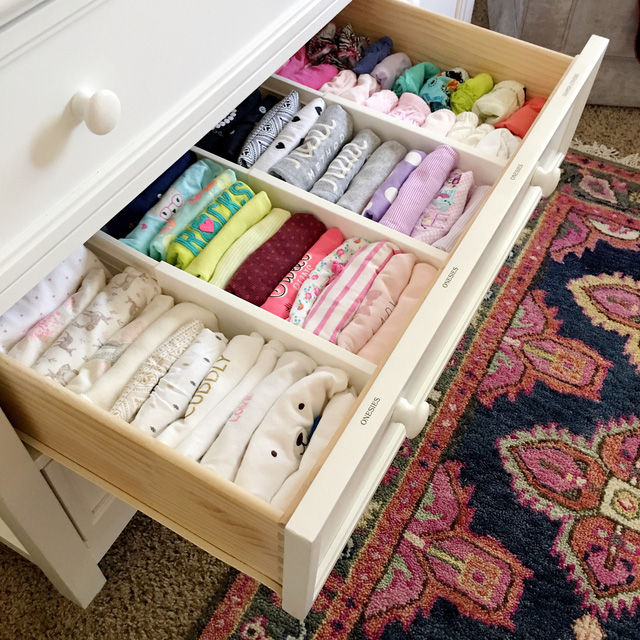Cleaning the house is often referred to as the “unnamed” task by housewives.
Because there are too many things to do to help keep the family home clean and tidy. Those who have done this cleaning job can understand how much hard work and exhaustion it entails.
And in order to reduce the workload of housework, save time and labor, Vietnamese housewives can also learn the secrets of quick and efficient cleaning from the Japanese.
With a quick and effective approach, the following tips will be the key to make cleaning easier.
1. Consider house cleaning as a special occasion, then you will surely be excited to start the job

Consider house cleaning as a special occasion, then you will surely be excited to start the job.
It may sound unreasonable, but the truth is, if you see cleaning as a joy and the things around you make you feel comfortable and happy, you will never leave them disorganized and messy.
Instead, you will want to cherish them, place them in the right position, and take care of them. This way, you will always keep your home tidy and clean without feeling pressured every time you clean up.
2. Gather everything that needs cleaning and categorize each item
To make house cleaning as fast and effective as possible, before you start cleaning, you should take an additional step to sort and group each item into specific groups or categories.
This helps you to only go to each category and clean up instead of running around to clean up each individual item.
The cleaning advice is to start organizing clothes first, then move on to miscellaneous items, documents, and books. Clean up items related to emotions last so that they harmonize with the joy of tidying up and help you love your home even more.
3. “Cleaning by category” is different from “cleaning by location”

Instead of going room by room and starting to clean, you should gather all the clothes in various rooms in one place and start from there. You will be surprised to see how much clothes you have and also see what you want to keep and what can be given away or discarded.
4. Get rid of everything you don’t need
In the house, there will definitely be many items that have not been used for a long time. Many housewives often hesitate, thinking that they will be useful in some cases in the future. However, they fail to realize that these items will take up a considerable amount of space in your home without any specific benefit. And of course, your house cannot be tidy if you still have these items.
To resolve this, Japanese people often have the habit of throwing away things they no longer need. If you have any doubts, try thinking of some functions of those items. If there are, keep them; otherwise, you should discard them.
If you throw away too many items, you can take them to collection points or donate them so that these items have a more meaningful purpose.
5. Fix the position of items
According to the Japanese, fixing the position of items will make house cleaning faster. When you look at that item, you already know where it needs to be placed without having to think about it or struggle to find a particular item, especially small items. For example, the car keys are always hung on the hook near the entrance door, and the TV remote control is always placed next to the TV.
6. Fold clothes and accessories neatly
You should fold everything into rectangles and fold them into thirds so that the fabric does not stretch or sag, and also makes it easier to organize them in the wardrobe.
By doing this, all family members will respect their own clothes and also know where their belongings are. You may not know how much mental pressure it is for someone who takes care of the whole family, and if you can share it, it helps the family be happier and more comfortable.
7. Set cleaning order from the beginning
The priority order for cleaning according to the Japanese is to start with clothes (clothes, bags, shoes, hats), then bookshelves, various papers, and finally sentimental items. Sorting out the cleaning order is also planning the cleaning process, and you will know what to do first and what can be done later. This way, you will no longer feel confused when faced with a pile of things in disorder.
8. Arrange items vertically

This way of organizing items is quite popular and applied by many Japanese people. With items of the same type, you should stack them vertically. This helps you to easily manage the things you have, extend the lifespan of your belongings, and clean them more easily.
For clothing, arranging them vertically also helps save space, makes it easier to find and observe.
According to Giadinh.net














